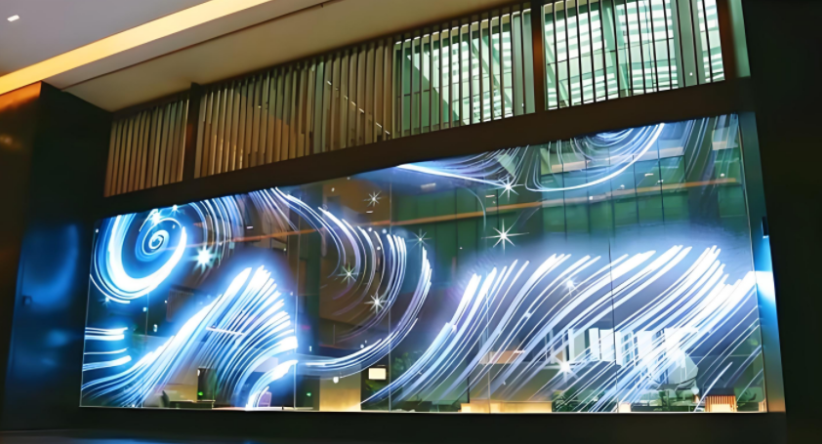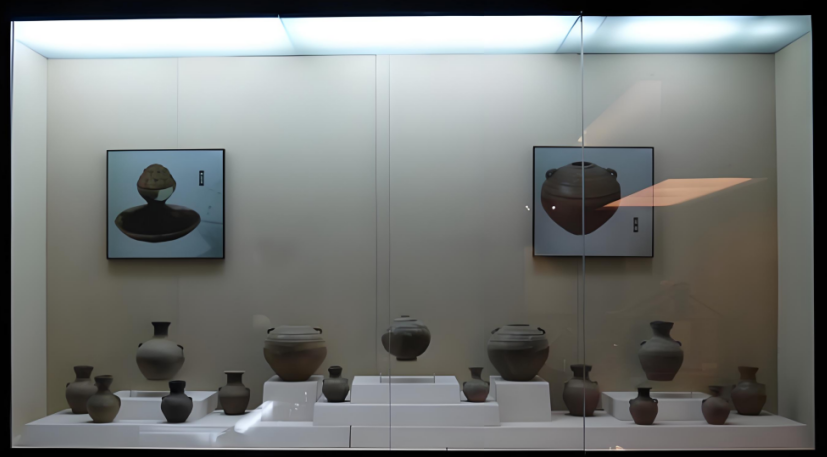AG, AR, AF glass are commonly used on display screens or museums. What are the differences between these glasses?
It is a rough surface formed on the original glass by chemical etching or spraying. When light is reflected from the rough surface, it scatters at different angles, achieving diffuse reflection.
Function: When external light is reflected, diffuse reflection is formed, reducing the reflection of light and achieving the goal of not dazzling, allowing viewers to experience a better sensory visual experience. The lower the glossiness, the better the diffusion effect on its surface, and the less the impact of external glare. AG glass has both single-sided and double-sided options, and the AG treated surface must be on the top when in use.
Application: AG glass is mostly used for outdoor or strong light displays such as advertising screens, ATM machines, POS cash registers, medical B-ultrasound displays, e-book readers, gas station displays, subway ticket counters, etc.
Identification method: Place a piece of glass under a fluorescent lamp and observe the lamp tube from the front of the glass. If the light source of the lamp tube is dispersed, it is the AG treated surface; if the light source of the lamp tube is clearly visible, it is the non AG surface. This is the most direct way to distinguish from visual effects.

Also known as anti reflective and anti reflective glass: By applying optical coating to one or both sides of the glass, its reflectivity is reduced and its transmittance is increased. The maximum value can increase its transmittance to over 99% and control its reflectivity to below 1%.
Function: By increasing the transmittance of glass, the content of the display screen is presented more clearly, allowing viewers to enjoy a more comfortable and clear sensory visual experience.
Application: High definition display screens, photo frames, cameras for mobile phones and various instruments, museum.
Identification method: Take a piece of ordinary glass and an AR glass, and place them side by side tightly attached to a computer or other paper image. The AR glass has a clearer effect. The surface of AG glass can be coated with AR coating again.
